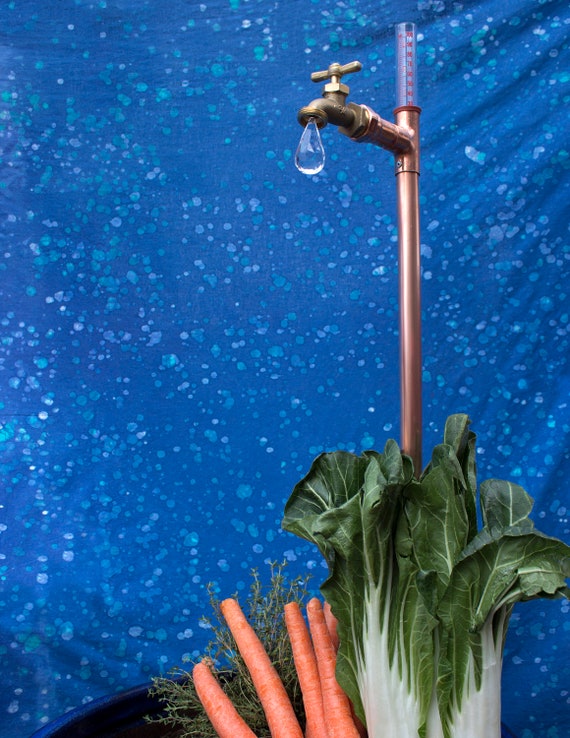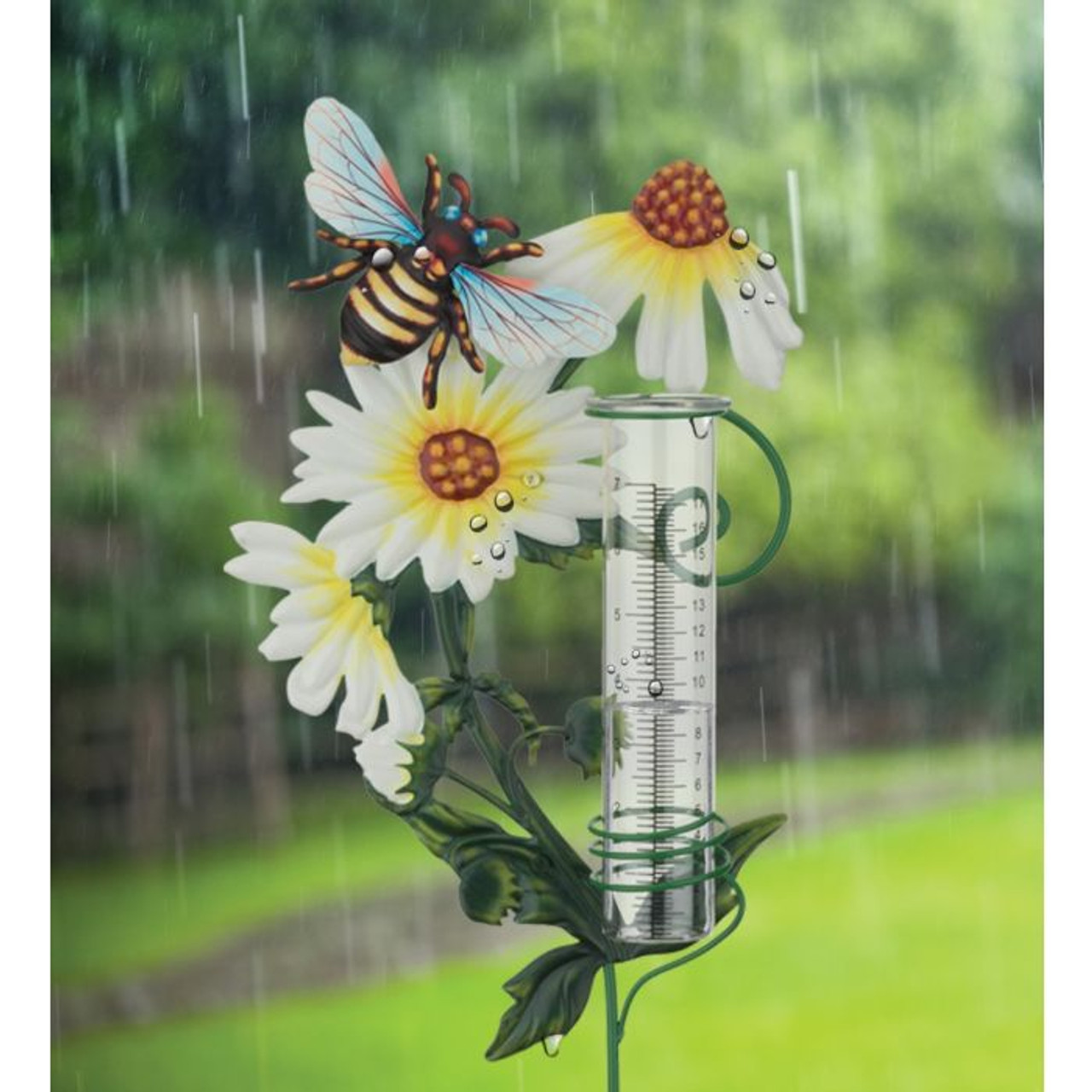The Rain Gauge: Enhancing Agricultural and Environmental Keeping Track Of Initiatives
Wiki Article
DIY Rain Scale: Simple Actions to Make Your Own
Are you curious about tracking rainfall in your area? Creating your very own do it yourself rainfall scale is a simple and reliable way to videotape and measure precipitation. With just a couple of typical products and some fundamental steps, you can conveniently create your very own rainfall scale in your home. In this overview, we will certainly supply you with a step-by-step process to assist you create your very own rainfall gauge. No demand for any kind of specialized knowledge or equipment - this project can be completed by any person. By following these basic directions, you will certainly have a dependable device to determine rains and contribute to your understanding of the regional weather patterns. Allow's get begun on making your DIY rainfall scale today!Gather Products
To start creating your Do it yourself rain scale, collect all the required products using a thorough list of things. Having the best materials on hand will make sure the successful development of your rain scale and allow for exact dimensions of rains. Gathering these products beforehand will certainly streamline the building process and make certain that you have every little thing you require to produce your own Do it yourself rain gauge.Prepare the Container

Mark the Dimension Increments
To precisely determine the amount of rainfall, properly marking the dimension increments on your do it yourself rain scale is vital. Without clear and exact markings, it would certainly be tough to identify the specific amount of rainfall gathered in your rain scale. Here are the actions to mark the measurement increments on your rainfall scale.The most usual systems for determining rainfall are inches and millimeters. When you have picked the device, utilize a long-term pen or water resistant paint to note the increments on the side of your rainfall scale.
When noting the increments, it is very important to ensure that they are evenly spaced and clearly noticeable. Utilize a ruler or measuring tape to make sure accuracy and uniformity. In addition, ensure that the markings are resistant to fading or abrading, as exposure to the aspects may cause them to weaken over time.
Area the Rain Gauge Outdoors
The rain scale must be positioned outdoors to precisely gather rains data. The area chosen for the rainfall scale should be open and totally free from any obstructions that could look at these guys possibly affect the measurement of rains. It is vital to find a place that is not obstructed by trees, buildings, or various other structures that could obstruct the rainfall from getting to the scale. This will make certain that the gathered data is agent of the actual rainfall in the location.Furthermore, it is vital to position the rain gauge on a secure surface area, such as a level ground or a strong message. This will certainly stop any type of motion or tilting of the scale, which could lead to unreliable measurements. It is additionally advisable to avoid positioning the scale near any resources of artificial water, such as sprinklers or drainage systems, as this might hinder the precision of the dimensions.
Screen and Document Rainfall Data
Routine monitoring and recording of rainfall data is necessary for exact information analysis and interpretation. By monitoring rainfall measurements, you can acquire useful understandings into climate patterns, environment fads, and water resource administration. To successfully keep an eye on and tape rains data, it is crucial to develop a routine and maintain regular techniques.Firstly, make sure that your rain scale is positioned in an open location away from challenges such as trees or structures that may block visite site rains. In addition, make certain the rain gauge is degree and safely anchored to stop any kind of motion that might impact the accuracy of the dimensions.

When tape-recording the rains information, it is necessary to keep in mind the day and time of each dimension. Make use of a ruler or a gauging stick to figure out the rainfall deepness in the rain gauge, and document this details accurately.
To ensure the precision of the measurements, it is advised to empty the rain gauge after each recording. This will protect against any overflow or dissipation from impacting succeeding measurements.
Verdict
Finally, producing a DIY rainfall gauge is a useful and basic means to keep an eye on and tape rainfall information (The Rain Gauge). By complying with the actions described in this short article, you can easily collect materials, prepare the container, note the dimension increments, and put the rain gauge outdoors. Consistently monitoring and videotaping rainfall information can give important details for numerous purposesHaving the best products on hand will guarantee the successful creation of your rain gauge and enable for precise dimensions of rainfall.To precisely measure the quantity of rainfall, precisely noting the measurement increments on your DIY rain scale is necessary.The rainfall gauge ought to be put outdoors to accurately accumulate rains information. The location selected for the rainfall gauge should be totally free and open from any visit this page obstructions that could possibly impact the dimension of rainfall.In conclusion, producing a DIY rainfall gauge is a practical and basic means to keep track of and tape rainfall data.
Report this wiki page